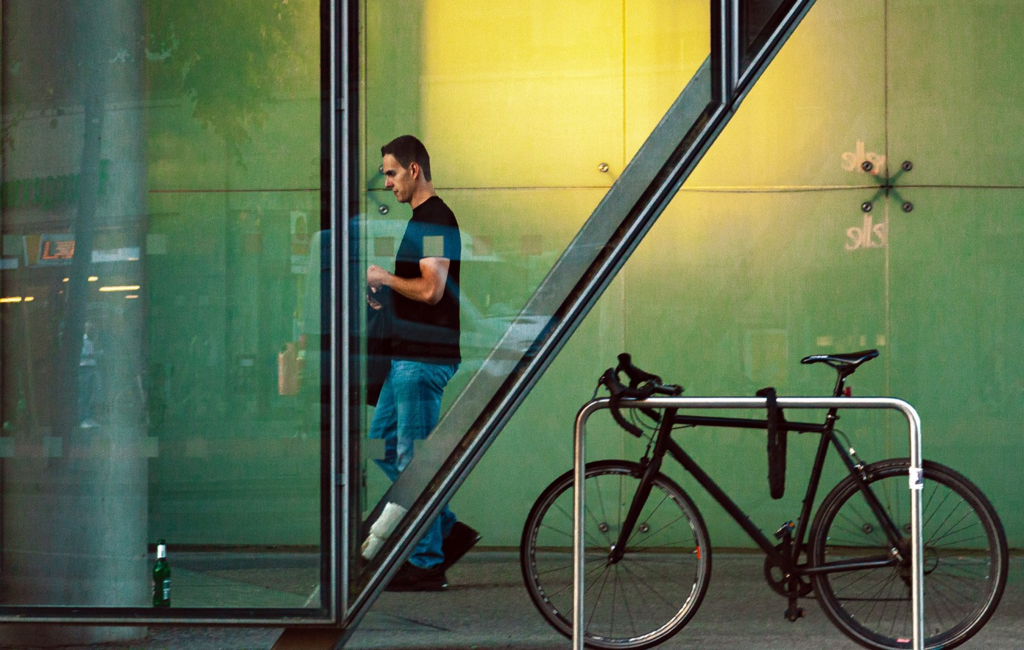A Camera Lens that will Up Your Street Photography Game

Copyright; Sean P. Durham, Berlin, 2023.
If you love street photography, and treasure your shots, then this lens will improve your street photography, for sure.
Ask any good street photographer, and they will tell you that your lens choice is up to you. That’s right. There is a good reason why.
Your street photography is a personal thing, it’s your game, and you make the rules. The type of shots that you normally gravitate towards will contain the hints of style that you are looking for.
Your lens helps you or hinders you in getting that great shot.
It’s always about what you want, how you see the street, and you don’t want a cheap lens to foil your intentions.
These days there are a lot of photographers who carry their equipment with them in a heavy backpack. It’s all there, just a quick zip and a grab away from a lens change.
They carry so much kit with them, but claim that their camera is lightweight, and that each lens is so light, they hardly notice it. They just complain about backache.
Street photographers, the ones who get out there and experiment often, know that one good lens is plenty. That’s all you need. One lens.
Your personal style is something that you coax out of yourself each time you go out and take photos on the street.
You watch your own actions, what you are doing in the moment, how you frame the shots — each one different, but the similarities are there. You get what you want, mostly.
Your style is all important to your success as a street photographer. A great lens will help you get what you’re looking for.
I like to use a 50 mm lens.
The first one is the “Nifty 50”, Canon lens that I bought a few years ago. It’s a simple lens that delivers the goods when it comes to getting a shot in low light, or in bright sunshine. It’s not bulky, and it’s light. But it’s not a professional lens. It’s very basic glass.
Professional lenses are good all round, in all types of light, and contain not only the best quality glass that money can buy, but also have a robust build with reliable mechanisms. The moving parts in a lens are the bits that can go wrong, and unfortunately, they do sometimes.
I Made a Mistake, and Paid for It
I have a Canon “L” lens, 24–105 mm, fantastic glass, and it takes wonderful shots. The focus, at certain F-stops, is mind blowing, especially if you’ve only been using cheaper lenses beforehand. But it has a manufacturers fault that Canon don’t want to fix. My Canon lens clapped out one day while making a video. A small cable deteriorated inside.
I discovered that many photographers have exactly the same problem with that lens.
The mistake was that I bought a popular lens, without first doing research.
So, I bought a better lens.
Camera Lens that will Up Your Street Photography

I went for quality, and not popularity. After a lot of research and reading, watching videos, checking out the examples on Google Images, I bought a Sigma 50 mm, Art Lens.
The Sigma 50 mm is a great lens. I thought I’d already had my mind blown with the various lenses I’d bought, but this bit of kit is unbelievable when it comes to sharp focus, colour rendition, and the ability to take shots under artificial street lighting.
If you like night photography, then it’ll do the job.
Sigma made this lens as a project to up their game in the photography world. Their objective was to simply out-do every other lens on the market. They passed with flying colours and can be proud of the achievement.
When Sigma started the project, one objective was to surpass all other top quality lenses out there, and use top of the top of market lenses as a benchmark. The Zeiss benchmark was a rule of thumb to what a manufacturer could achieve. Then, go farther upwards and be better. Sigma achieved that hands down.
What astonishes me, and many other street photographers, is not only the astounding quality of the glass and the robust build, but the price. It’s a middle range price that allows you to keep your pockets from getting light after purchasing.
Most top of the range lenses cost a small fortune. Sigma offer top quality for normal prices.
I love looking at lenses in shop windows, but I gasp at most of the prices.

Like all lenses, when you first begin to use the Sigma 50 mm, you’ll have to readjust your eyes from whatever you were regularly using up until then.
The Sigma contrast and sharpness can astonish you, but also knock you off your feet and make you think it’s a bit too much. As you walk the streets with it, you’ll get the right feeling. Then you’ll understand that you wouldn’t want anything less.
A street photography must make fast decisions to get great shots. To be able to see something happen, something that is only going to happen once. And if it’s worth keeping, it takes practice to nail it. But also, a lens that can quickly lock into the subject, hold the focus while you frame, and then react to the push of the button is essential. The shot taken, saved, and you’ll be glad that own a decent lens.
Street photographers who get serious, love good equipment. But they tend not to overload themselves with every accessory on the market.
You meet all types of cameras on the street, small ones, big ones, and top of the range Leica photographers hiding in dark corners, ready for a shot.
I have no worries about weight. The Sigma is a little heavier than the Nifty 50 mm Canon lens, which is cheap, plastic, and cheerful. But every time I go out to take street photos, I stop, look at my equipment and ask myself which lens I want to take with me. The other day, I took an 85 MM lens and hated the experience. I missed the Sigma 50 Art lens so much, it made me feel like a painter who had packed, and then forgotten his paint brushes.
If you love to take street photos, and treasure your shots, I can only recommend that you take the choice of lens you use seriously. It’ll help you up your game and get deeper into your style.

Leave a Reply
You must be logged in to post a comment.